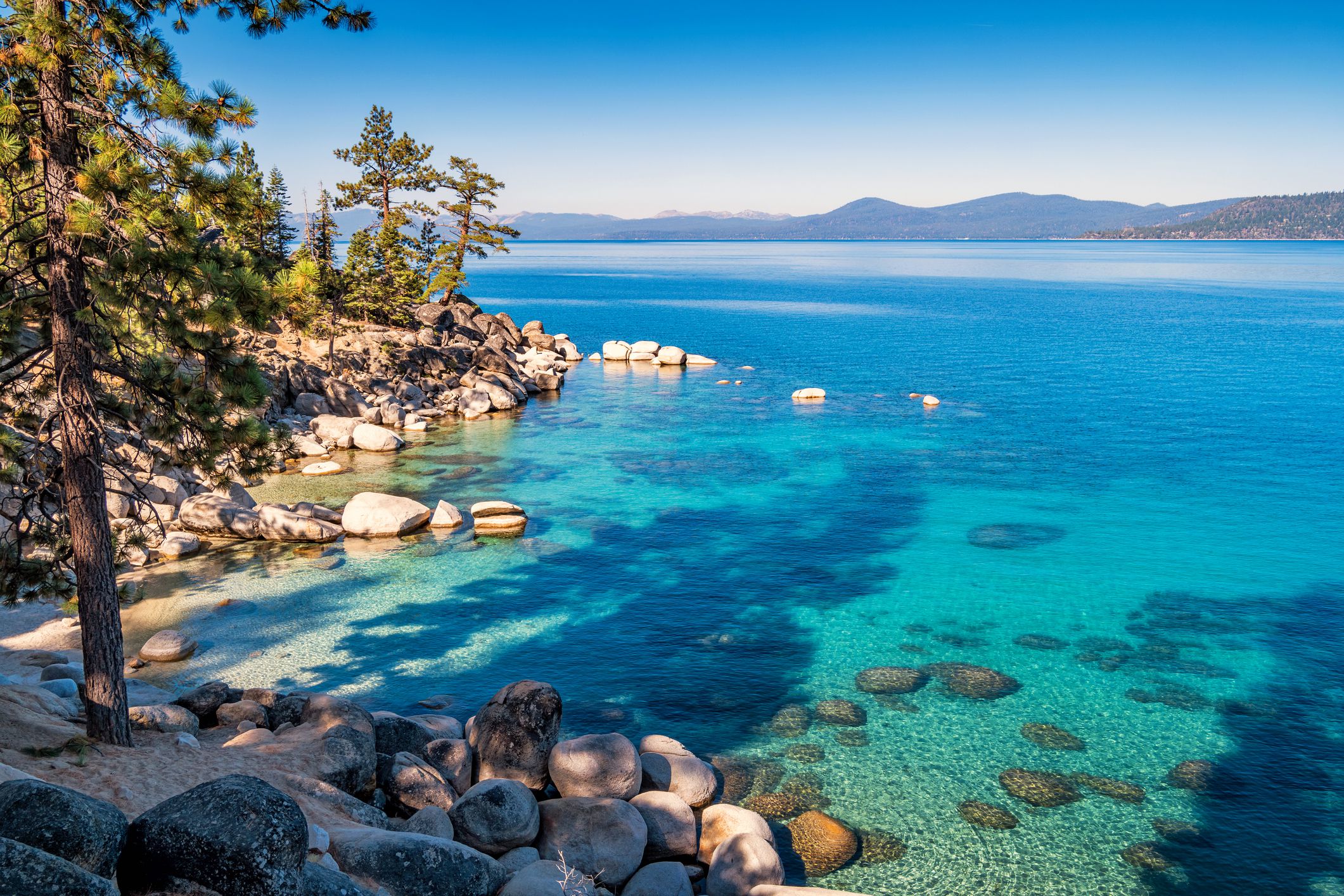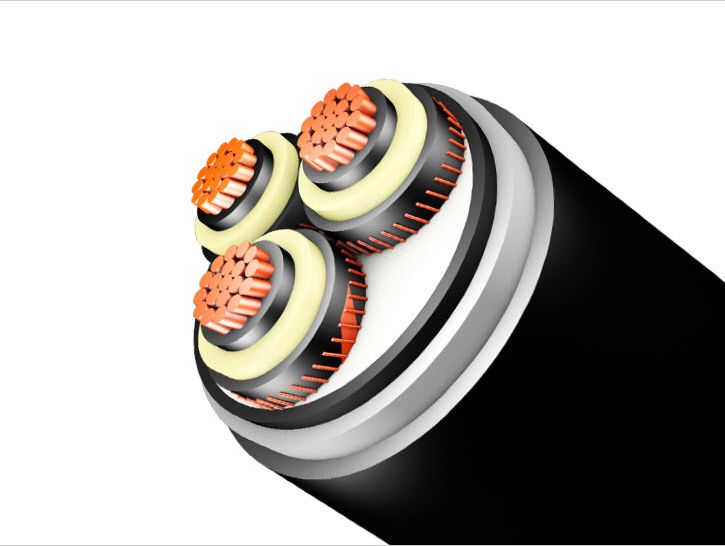Janubiy ko'li Tahoe, Kalif. - barqaror ekologik yutuqlarda, Talakni qutqarish uchun liga Tache Taholangan suv ostidagi qo'rg'oshinli telekommunikatsiya kabellarini muvaffaqiyatli olib tashlaganini e'lon qildi. Ushbu muhim loyiha Amerika Qo'shma Shtatlarining eng ko'p spekthik resurslaridan birini asrab-avakkalchilikning muhim bosqichini belgilaydi.

Protecting Lake Tahoe: A Collaborative Effort
The successful completion of this project is the culmination of years of effort and collaboration. The League to Save Lake Tahoe worked alongside telecommunications giant AT&T, the marine services contractor J.F. Brennan Company, and numerous federal, state, and local agencies. Each partner brought expertise and dedication to ensure the project was completed with the utmost care for the environment.
“This is a major milestone for Lake Tahoe,” said Jesse Patterson, Chief Strategy Officer for the League to Save Lake Tahoe. “We are grateful that AT&T did the right thing for the Lake Tahoe environment and honored that the League could play an instrumental role in keeping Tahoe Blue for all.”
The cables, which posed risks to the lake’s pristine ecosystem, were meticulously removed in a process that adhered to stringent environmental safeguards. A team of experts, including divers, biologists, and archaeologists, ensured the project was executed without harming the lake’s aquatic life, water quality, or its stunning natural beauty.
Historical Context of Lead-Sheathed Telecommunications Cables
The story of lead-sheathed telecommunications cables dates back to the early 20th century when they were heralded as a technological breakthrough. Designed with a lead exterior, these cables were remarkably durable and resistant to environmental factors such as moisture and physical damage.
Advantages in Their Era
Moisture Resistance: The lead sheathing provided exceptional protection against water ingress, making these cables ideal for underwater and underground installations.
Chidamlilik: The robust construction ensured a long operational lifespan.
Wide Application: They were widely used in telecommunications networks, including underwater connections and long-distance lines.
Emerging Drawbacks
Despite their advantages, lead-sheathed cables presented significant environmental challenges. Over time, lead exposure has been linked to severe ecological and human health risks, particularly when such cables deteriorate or are improperly disposed of.

Modern Applications and Regulations
Shifting Applications
As technology advanced, lead-sheathed cables began to be phased out in favor of safer, more efficient alternatives like fiber optic cables. Ammo, many legacy cables remained in use or were abandoned in situ, as was the case in Lake Tahoe.
Regulatory Landscape
Global awareness of lead’s environmental hazards has led to stringent regulations.
United States: Agencies like the EPA enforce strict rules on lead management and waste disposal.
Evropa Ittifoqi: The RoHS (Restriction of Hazardous Substances) Directive restricts lead use in electrical and electronic equipment.
Global Initiatives: Organizations worldwide advocate for sustainable alternatives and the removal of outdated infrastructure.
Lake Tahoe Cable Removal Project
The project’s scope and complexity made it a remarkable achievement in environmental restoration.
Planning and Execution
The League to Save Lake Tahoe, in partnership with Below the Blue, mapped the extent of the cables submerged in Lake Tahoe. After securing necessary permits, the J.F. Brennan Company undertook the delicate removal process. Using cutting-edge equipment and expertise, they extracted the cables while maintaining the lake’s ecological balance.
Environmental Safeguards
Specialized measures were implemented to ensure:
Water Quality: Continuous monitoring prevented contamination.
Biodiversity Protection: Biologists oversaw the process to safeguard aquatic life.
Archaeological Preservation: Experts ensured no disruption to the lakebed’s historical and geological features.
The removed cables were then transported out of the Tahoe Basin for recycling, demonstrating a commitment to sustainability even in disposal.

Impact of the Project
The removal of the lead-sheathed cables represents a triumph for conservation efforts and sets a precedent for future environmental initiatives.
Environmental Benefits
Reduced Contamination: Eliminating lead sources protects Lake Tahoe’s water quality and biodiversity.
Ecosystem Restoration: Aquatic habitats are now free from the threats posed by deteriorating infrastructure.
Symbolic Value
Lake Tahoe is a regional treasure and a globally recognized natural resource. Its designation as an Outstanding National Resource Water underscores its importance, and this project reinforces its status as a protected area for generations to come.
Inspirational Example
This success story demonstrates how collaborative action can address even the most complex environmental challenges.
Broader Implications for the Telecommunications Industry
The Lake Tahoe project highlights the importance of modernizing telecommunications infrastructure worldwide.
The Shift to Sustainable Alternatives
Fiber Optics: Today’s industry standard, offers higher performance and minimal environmental impact.
Innovative Materials: The development of eco-friendly sheathing materials further reduces environmental risks.
Legacy Cable Management
The Lake Tahoe example underscores the urgency of identifying and addressing outdated infrastructure globally. Proactive measures can prevent environmental harm while ensuring continued connectivity.

Looking Forward: Sustaining Lake Tahoe’s Legacy
The removal of lead-sheathed cables from Lake Tahoe is more than an isolated achievement—it’s a call to action for broader environmental stewardship. The League to Save Lake Tahoe remains committed to its mission of “Keep Tahoe Blue,” working tirelessly to protect this extraordinary natural resource.
“This achievement isn’t just about the cables—it’s about preserving a piece of our shared heritage,” said Patterson. “We’re proud of what we’ve accomplished, but there’s still much more to do.”
Future Initiatives
Monitoring the lake for emerging threats.
Advocating for stronger regulations on obsolete infrastructure.
Promoting partnerships that prioritize environmental sustainability.
Key Takeaways and Global Inspiration
The Lake Tahoe cable removal project is a shining example of what can be achieved through collaboration, innovation, and dedication to the environment. It serves as a reminder of the importance of preserving our planet’s natural resources, not just for today, but for generations to come.
By recognizing the past, addressing the present, and planning for the future, we can ensure a cleaner, safer, and more sustainable world for all. Let Lake Tahoe’s story inspire action in communities worldwide.



